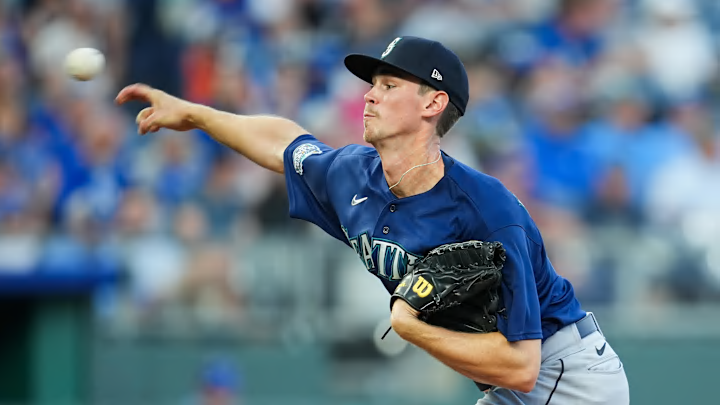The KC Royals need to improve their pitching. Plain and simple.
The team finished the season with the 23rd-highest WHIP (1.41), a fact which was driven by the team issuing the 10th most walks (553) and surrendering the 8th most home runs (207). To improve their starting pitching, the Royals must seek out different pitchers who issue fewer walks and keep the baseball inside the ballpark.
Many fans will demand that the Royals spend some money and sign top-tier players. And it's certain that if such a move doesn't happen, ownership will be accused of being cheap. But ownership is running a business. Sure, it’s a business built around a game, but it’s a business nonetheless. They have financial interests that preclude them from spending cash they don’t have.
How do the Seattle Mariners and KC Royals as trade partners make sense?
Recent reports suggest the Royals' currently available cash figure is somewhere around $30 million, a number that might bring in one really great free agent but would limit their ability to bulk up their roster. Throwing two-thirds of that down on one starting pitcher simply doesn’t make sense.
More than likely, they are looking to use one-third or half of that amount to entice a veteran to fill an innings role, and they will look for a trade partner—one who needs or desires something they have—and hope they can obtain something of value in return. They were able to swing just such a move during the season, flipping Aroldis Chapman for Cole Ragans.
On the trade market, the Royals don’t have much to work with. They are already operating at a talent deficiency and have little room for error in trading. If they are to make a move that bolsters their 2024 roster, it will mean identifying teams that have a large number of minor-league pitchers or young major-league arms whom they are willing to part with in exchange for anything of value in the Royals organization. That could mean having to move someone from their positional core to improve their starting pitching.
Recent rumors around the Royals suggest that they are talking with the Seattle Mariners. The Mariners are also considered to be in the market for Japanese pitcher Yoshinobu Yamamoto. Seattle is certainly a team with some strong starting pitching options and if a deal is made, could be in the position to sell a starter. The Mariners have promoted a number of young arms to the major league ranks in recent years: George Kirby, Luis Castillo, Bryan Woo, Bryce Miller, and Logan Gilbert. Could the Royals pry one of them away?
